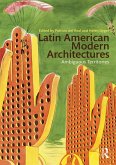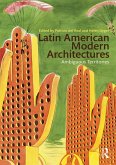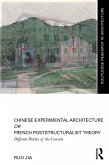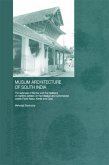The timber bridges and drum towers are the Dong's most prominent architectural monuments. Usually built elaborately with multiple roofs, these bridges and drum towers were designed and maintained by the local carpenters who also built the village suspended houses, in an oral tradition carried down from father to son or to apprentice. They were funded entirely by the local people, and the bridges tend to be built in places without great pressure of traffic or another bridge already existing close by. Why does such great expense go into the Dong's buildings with elaboration? How were they built? And what do they mean to their users and builders?
This book is an anthropological study on the Dong's architecture and technique, and it aims to contribute a discourse on the interdisciplinary research area. It is suitable for graduate and postgraduate readers.
Dieser Download kann aus rechtlichen Gründen nur mit Rechnungsadresse in A, B, BG, CY, CZ, D, DK, EW, E, FIN, F, GR, HR, H, IRL, I, LT, L, LR, M, NL, PL, P, R, S, SLO, SK ausgeliefert werden.









